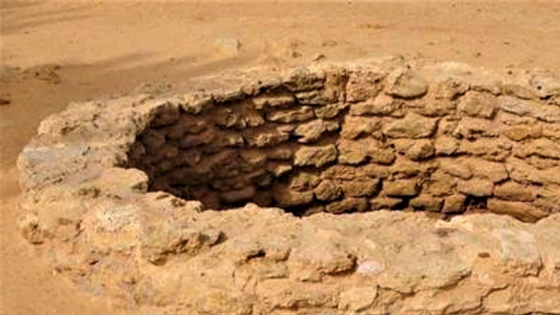
Shabbat Table Talk
Parashat Tazria – Metzorah Erev Shabbat 20 April 2018
Week of 15-21 April
Torah portion: Leviticus 12:1-15:33 Haftarah: 2 Kings 7:3-20
In this week’s parashat we are asked to consider some elaborate rituals associated with uncleanness and impurity and the means by which those affected can regain their rightful place within the community.
To modern sensibilities, while we can accept precautions and isolation in cases of distressing and infectious illness, it is difficult to understand the need for such elaborate prohibitions surrounding the natural functions of a woman’s body or the blessings of childbirth. It would be a mistake however to totally separate the two or summarily dismiss the original motivation without delving into it a little more deeply. What we have here is not a judgment on the moral state of the person but one of a lack of wholeness. In such a state it was considered impossible for that individual to stand before the LORD.
There is no room here to examine in detail the various rituals or the categories to which they apply; yet some random musings might lead us into further considerations. A woman who had given birth was considered temayah [one who is impure] so needed to regain the status of tehorah [ritually fit]. Until this is rectified wholeness cannot be restored, the means so precisely described here testify to the fact that it can be. Once it is, she is able to take up her former duties — but far from simply excluding her, these restrictions allow her some much needed “time out”. Rabbi Ettinger notes that the Yiddish Torah Commentary draws a parallel between this postnatal period and the time following a death. She suggests that in both intense episodes in a person’s life there is a need to be freed “from other personal and communal obligations” to deal with the events that have occurred (WTC 205). The fact that one is primarily physical and the other emotional makes little difference.
When we turn to those suffering from tzara’at, a word denoting a variety of skin aliments but most commonly called ‘leprosy,’ we see clearly that the priest’s function is in no way medical but simply ritualistic. We gain nothing in trying to find in these verses any primitive treatments for such illnesses nor, according to Plaut (p.840) should we look for the meanings behind the ritual: “Customs often survive after their original motives are forgotten” and were therefore not included in the text. One thing we might consider is that “the ceremonies were designed to remove a defilement that was a threat to the entire community.” Are we so different in the present time as we grapple with the horror, fear and pain of health crises? In such uncertainty we turn to God with our rituals and prayers to find an answer.
After the destruction of the Second Temple the detailed procedures outlined in these chapters lapsed even though the study of their meaning and significance continues to the present day. Orthodox Judaism retains many rituals associated with personal purification. In one form it continued in some Christian denominations with “the churching of women” after childbirth. I was made aware of this practice many years ago from the memories of older women, one who recalled her personal involvement in it as a joyful recognition of her motherhood.
We should ponder this ancient text without trying to justify or empathize too closely with a people whose ways are so far removed from ours. Many of us might feel on more “comfortable” ground with this week’s haftarah. And yet why? It contains disease, discrimination, starvation, death and destruction. Surely however some of the scenes it describes come closer to our experiences than those in the parashat. Global communications mean that we can all see aspects of a broken world dominated by many of these conditions. Reflection and Discussion: Metaphorically speaking who do we leave at the city gates because of illness or other circumstances? What are we doing to bring others/ourselves back to wholeness, regain our rightful place in the community and the presence of God?
Bibliography: Goldstein ed. The Woman’s Torah Commentary (Vermont, 2000); Plaut, The Torah: A Modern Commentary (NY 1981); The Chumash Stone Edition (New York, 2000)
This week’s teaching commentary was prepared by
Jean Kelly, B.Ed. M.A. Watford, England
Bat Kol alum 2001. E-mail: kellyjean55@hotmail.com
[Copyright © 2018]
PLEASE NOTE: The weekly Parashah commentaries represent the research and creative thought of their authors, and are meant to stimulate deeper thinking about the meaning of the Scriptures. While they draw upon the study methods and sources employed by the Bat Kol Institute, the views and conclusions expressed in these commentaries are solely those of their authors, and do not necessarily represent the views of Bat Kol. The commentaries, along with all materials published on the Bat Kol website, are copyrighted by the writers, and are made available for personal and group study, and local church purposes. Permission needed for other purposes. Questions, comments and feedback are always welcome.
~~1983–2018~~
Bat Kol Institute for Jewish Studies, Jerusalem
“Christians Studying the Bible within its Jewish milieu, using Jewish Sources.”
Website: www.batkol.info; Parashat Admin: gill@batkol.info



